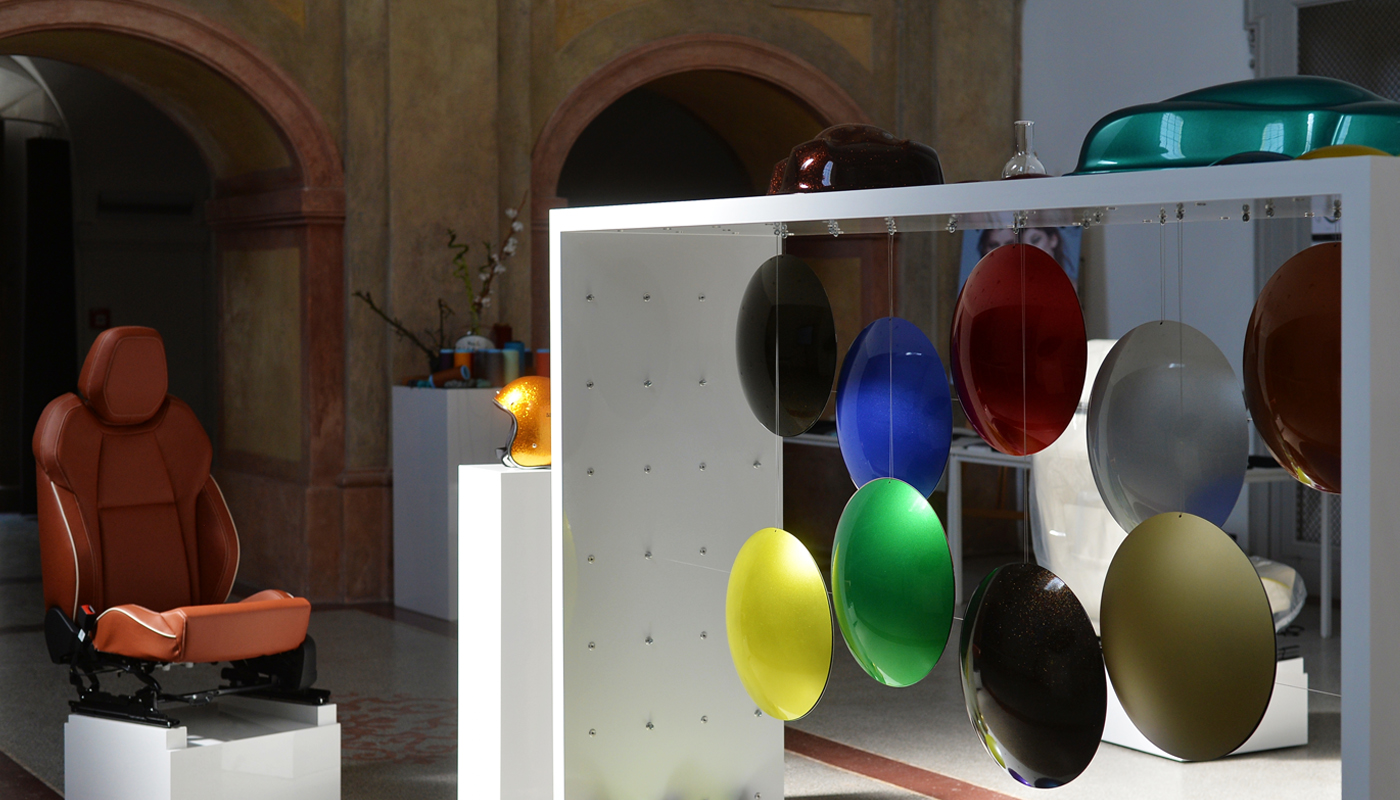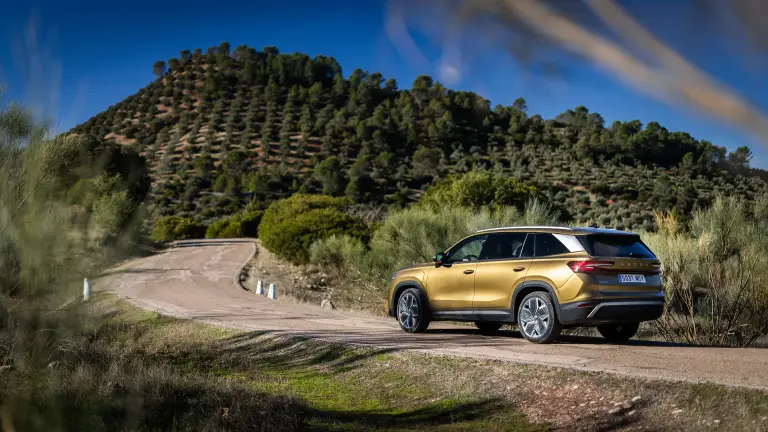
As the product development process unfolds, the initial design goes through gradual changes, including measures taken to improve the car’s economy, and that poses new challenges - automotive designers are required to find the right compromise between practicality and aesthetics.
The harmony between materials and colors is visualised by means of software applications, using small boxes and vehicle segments in which the designers can change and modify individual components.

“Visualisation tools are very important. With virtual reality in place, we can sit into the car and see what the newly designed interior materials and color combinations actually look like. All these tools help us achieve good results“, says Color & Trim Coordinator Andrea Jensen.
The impulses for choosing particular colors and materials are primarily influenced by current trends and/or trends for the coming years. Perceptiveness and a feel for detail are important, and every designer should have some vision to help them imagine what a car that is to be launched several years later will actually look like. It is often fascinating to see that a shape can be born and gradually developed and eventually “hit the bull’s eye”, although its development has taken several years.
Miloš Nesvadba, the only man in this woman’s world, acts as a kind of team administrator: “My female colleagues develop and prepare colors and materials and I classify the ones that are eventually selected with codes and numbers and draft specifications. I am the team’s bureaucrat!”, says Miloš, laughing.

























































